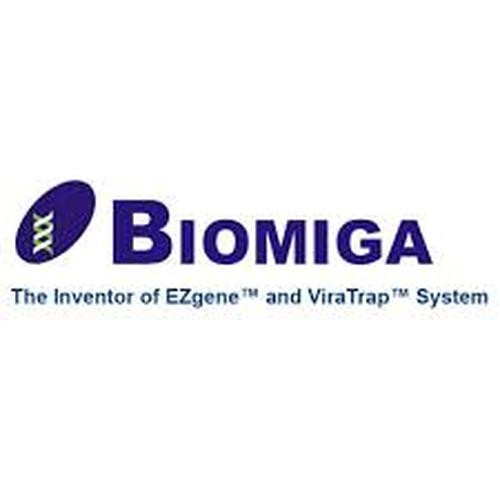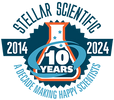

The EZgeneTM Viral DNA/RNA mini kit provides an easy and reliable method for isolating total viral RNA from plasma, serum, nasopharyngeal or oropharyngeal aspirates or washes, nasopharyngeal or oropharyngeal swabs, broncheoalveolar lavage, tracheal aspirates, and sputum. This procedure has been tested for isolating nucleic acids from COVID-19, Hepatitis A, Hepatitis C and HIV.
The isolated RNA can be used for PCR, qRT-PCR and other downstream applications.
Acceptable Specimens
Watch the videos to see how to perform the isolation using a centrifuge or vacuum manifold.
Viral RNA Isolation Protocol
The protocol is developed for processing 50-300 μL samples.
Calculate the number of samples to be processed and make master mix of proteinase K, L Solution and Buffer LYE.
Note: Maintain the ratio of (Sample+ Buffer LYE): Isopropanol= 1:1
Note: The first elution normally yields 70% of the RNA while the second elution yields another 20-30% of the RNA bound to the column.
Note: The purified RNA should be put on ice for downstream application or store at -20°C.
Key Benefits Proteinase K and L Solution (RNA carrier ) Provided √ Higher RNA yield. √ Increased sensitivity, 1000 copies/mL, 100% recovery. √ Less repetitive extraction of low viral titer samples for downstream real time PCR detection. √ Avoid false negative. Five Sets of Collections Tubes Provided √ Discard the waste with the collection tube after each spin. √ Save time and minimize contact with the flow through waste. √ Avoid cross contamination.
Key Benefits Proteinase K and L Solution (RNA carrier ) Provided √ Higher RNA yield. √ Increased sensitivity, 1000 copies/mL, 100% recovery. √ Less repetitive extraction of low viral titer samples for downstream real time PCR detection. √ Avoid false negative. Optional vacuum manifold procedure √ Grater speed and convenience: complete the procedure within 15 minutes. √ Disposable vacuum connectors are supplied to avoid cross contamination.
Oops, something went wrong. Please try again.
You are now logged in!
